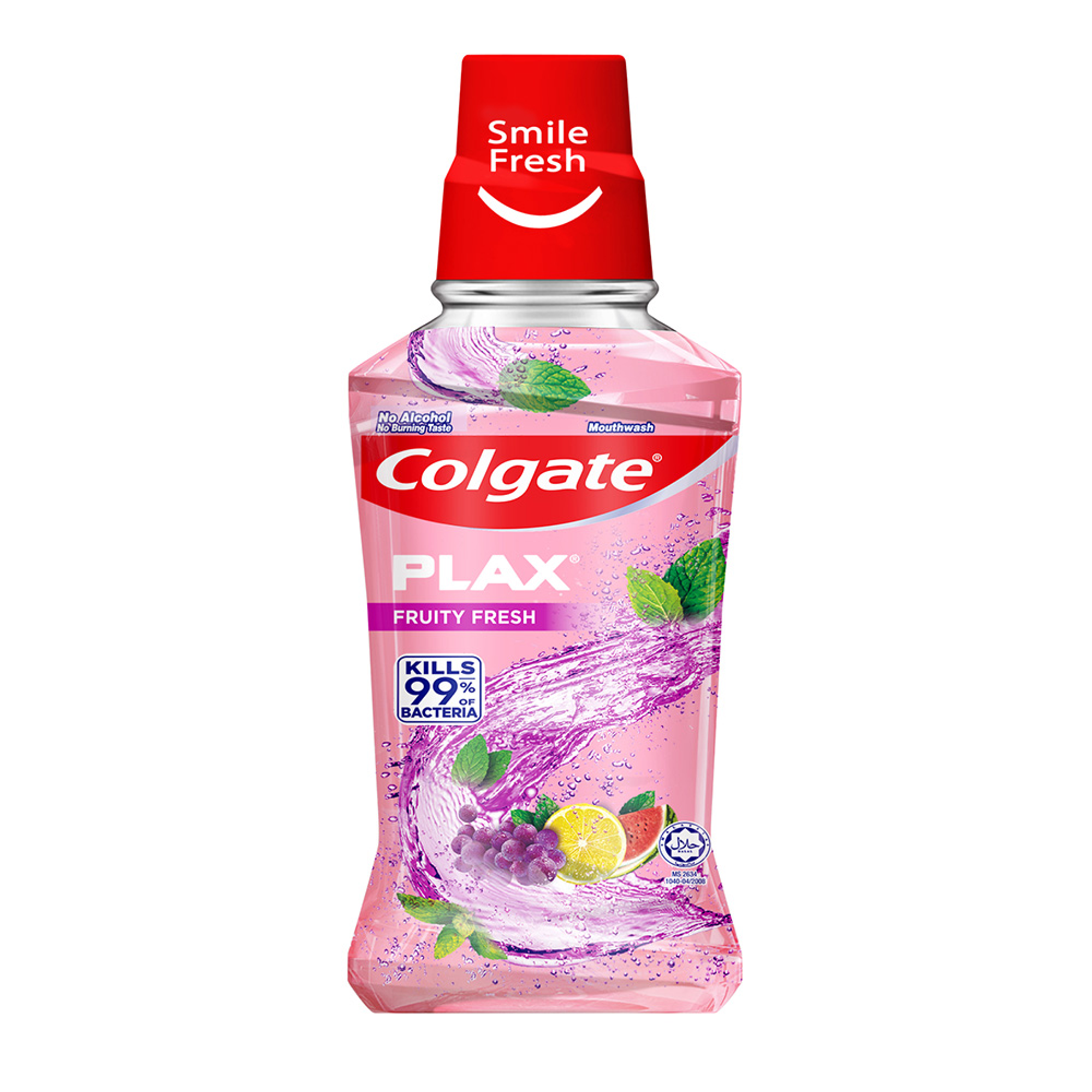-
-

FLUORIDE
Discover how stannous fluoride toothpaste prevents cavities and other oral health issues. Learn the key benefits of fluoride for teeth and its best uses.Fluoride plays a vital role in oral healthcare...

TEETH WHITENING
Teeth Whitening Serum for a Brighter, Confident SmileWho does not want whiter and brighter teeth? Thanks to the many teeth-whitening products available today...
-
Science & Innovation
- Colgate® | Toothpaste, Toothbrushes & Oral Care Resources
- Oral Health
- Tooth Removal / Tooth Extractions


Why are Teeth Removed?
Teeth are extracted for a variety of reasons:
- Decay has reached deep into the tooth
- Infection has destroyed a large portion of the tooth or surrounding bone
- There is not enough room for all the teeth in your mouth
Many dentists recommend extracting impacted teeth that are only partially erupted. Bacteria can enter around a partially erupted tooth and cause an infection, which can extend into the surrounding bone and become extremely serious. Impacted teeth continue trying to break through the gum tissue even if there is not enough room to accommodate them. The continued pressure caused by this attempted eruption can eventually damage the roots of nearby teeth. Removing a tooth that is impacted can often prevent infection, damage to adjacent teeth and bone, and save pain in the years to come.
How are Teeth Removed?
Before a tooth is removed, your dentist will thoroughly review your medical and dental history and take the appropriate X-rays.
X-rays reveal the length, shape, and position of the tooth and surrounding bone. From this information, your dentist can estimate the degree of difficulty of the procedure and decide whether to refer you to a specialist called an oral surgeon.
Before removal, the area around your tooth will be anesthetized. Dentists use a local anesthetic to numb the area of the mouth where the extraction will take place.
For a simple extraction, once the area is anesthetized, the tooth is loosened with the help of a tool called an elevator, then extracted with dental forceps. Your dentist may also want to smooth and recontour the underlying bone. When he or she is finished, they may choose to close the area with a stitch.
What can I Expect After an Extraction?
It is critical to keep the area clean and prevent infection immediately following the removal of a tooth. Your dentist will ask you to bite down gently on a piece of dry, sterile gauze, which you must keep in place for up to 30 to 45 minutes to limit bleeding while clotting takes place. For the next 24 hours, you shouldn't smoke, rinse your mouth vigorously, or clean the teeth next to the extraction site.
A certain amount of pain and discomfort is to be expected following an extraction. In some cases, your dentist will recommend a pain killer or prescribe one for you. It may help to apply an ice pack to the face for 15 minutes at a time. You may also want to limit strenuous activity, as well as avoid hot liquids and not drink through a straw. The day after the extraction, your dentist may suggest that you begin gently rinsing your mouth with warm salt water (do not swallow the water). Under normal circumstances, discomfort should lessen within three days to two weeks. If you have prolonged or severe pain, swelling, bleeding or fever, call your dentist at once.
| Tooth Removal/Extraction | ||
 |  | |
| 1. The area around the tooth is numbed before extraction. | 2. An elevator helps loosen the tooth. | |
 |
| 3. Dental forceps are used to remove the tooth. |
Related Articles

What if a dental prosthetic doesn't fit as comfortably as it used to? It may be time to talk to your dentist about relining dentures. Find out more here.


Learn more about oral care for children, including how to properly brush child's teeth, what toothbrushes to use, and much more.
Related Products

Helping dental professionals
More professionals across the world trust Colgate. Find resources, products, and information to give your patients a healthier future








